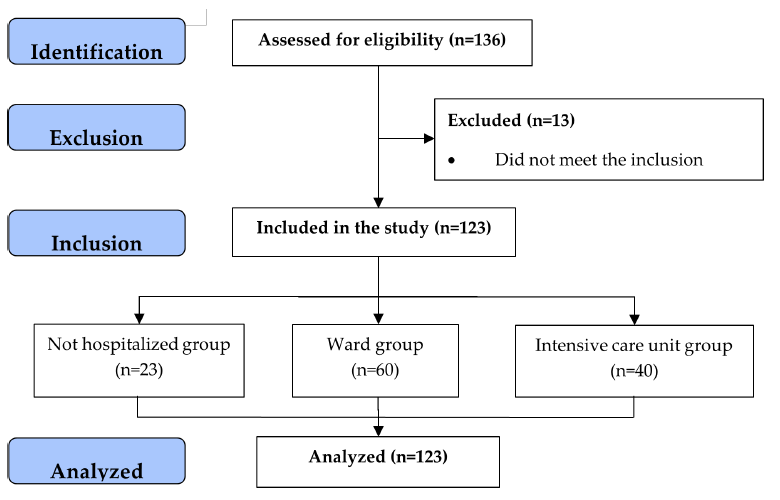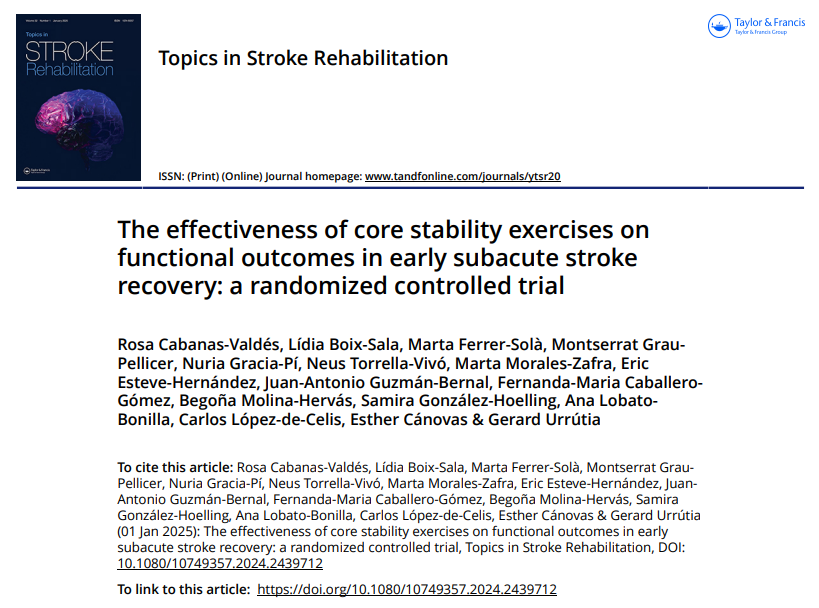ARTICLE. Natera-Cisneros L, Sarasquete-Reiriz J, Escolà-Benet A, Rodriguez-Miralles J. Orthop Traumatol Surg Res. 2016 Feb;102(1):31-9. doi: 10.1016/j.otsr.2015.10.007.
Abstract.
Introduction:
Treatment of acute high-grade acromioclavicular joint (ACJ) injuries with metal hardware alters the biomechanics of the ACJ, implying a second surgery for hardware removal. The period during which the plate is present involves functional limitations, pain and a risk factor for the development of hardware-related-injuries. Arthroscopy-assisted procedures compared to open-metal hardware techniques offer: less morbidity, the possibility to treat associated lesions and no need for a second operation. The aim was to compare the Quality of life (QoL) of patients with acute high-grade ACJ injuries (Rockwood grade III-V), managed arthroscopically with a non-rigid coracoclavicular (CC) fixation versus the QoL of patients managed with a hook plate, 24 months or more after their shoulder injury.
Patients and methods:
A retrospective revision of high-grade ACJ injuries managed in three institutions was performed. Patients treated by means of an arthroscopy-assisted CC fixation or by means of a hook plate were included. The inclusion period was between 2008 and 2012. The QoL was evaluated at the last follow-up visit by means of the SF36, the visual analog scale (VAS), the Disabilities of the Arm, Shoulder and Hand (DASH) questionnaire, the Constant score and the global satisfaction (scale from 0 to 10). The presence of scapular dyskinesis and remaining vertical instability were evaluated. Comparison between groups was performed.
Results:
Thirty-one patients were included: 20 arthroscopy-group (ARTH group: 3 Rockwood III, 3 IV and 14 V) and 11 hook plate-group (HOOK group: 5 Rockwood III and 6 V). The mean age was 36 [25-52] year-old for the ARTH group and 41 [19-55] for the HOOK group (P=0.185). The mean results of the questionnaires were: (1) physical SF36 score (ARTH group 58.24±2.16 and HOOK group 53.70±4.33, P<0.001); (2) mental SF36 score (ARTH group 56.15±2.21 and HOOK group 53.06±6.10, P=0.049); (3) VAS (ARTH group 0.40±0.50 and HOOK group 1.45±1.51, P=0.007); (4) DASH (ARTH group 2.98±2.03 and HOOK group 4.79±5.60, P=0.200); (5) Constant score (ARTH group 95.30±2.45 and HOOK group 91.36±6.84, P=0.026); (6) global satisfaction (ARTH group 8.85±0.93 and HOOK group 8.00±1.18, P=0.035). There was evidence of scapular dyskinesis in 15% (3/20) of the patients of the ARTH group and in 18% (2/11) of the patients of the HOOK group (P=1.000). Remaining vertical ACJ instability was observed in 40% (8/20) of the patients of the ARTH group and in 36.36% (4/11) of the patients of the HOOK group (P=1.000).
Conclusions:
Patients with acute high-grade ACJ injuries managed arthroscopically with a non-rigid CC fixation seem to have a better QoL than patients managed with a hook plate.
Level of evidence:
Level IV therapeutic; retrospective comparative study.












Leave a Reply